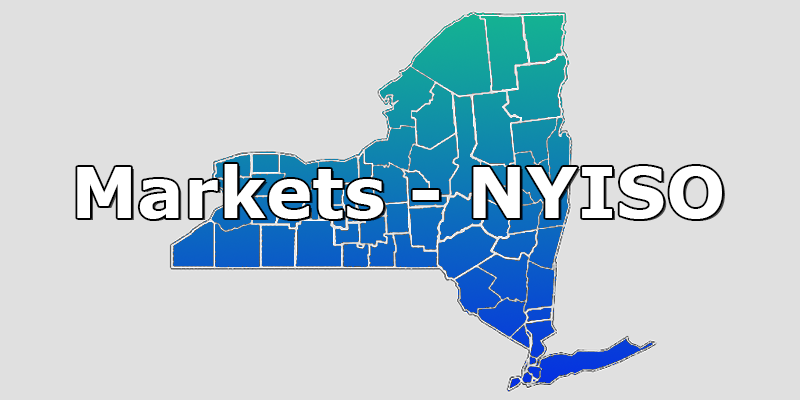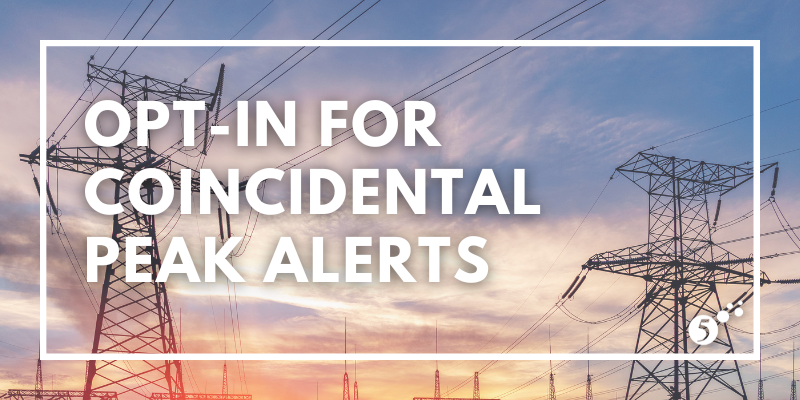
New York, like many states across the country, has a standard by which certain qualifying renewable generation assets are awarded one Renewable Energy Certificate (REC) for each MWh of electricity delivered to the grid. RECs provide two main functions to the market:
-
RECs provide the ability for renewable generators to receive additional revenue to support their development, while also allowing the wholesale power market to value the MWh of energy they produce in a market-derived manner without having a distinct energy market price mechanism for renewable generators.
-
RECs also allow the renewable attributes of that MWh generated to be purchased by another entity and adequately tracked and accounted for by an independent third party. In New York, that entity is the New York State Energy Research and Development Authority (NYSERDA).
This market solution for RECs New York is a common practice; however, the different types of RECs, referred to as “Tiers”, are unique to New York. In this market, there are three tiers of RECs: Tier 1, Tier 2, and Tier 4. These tiers of RECs should not be confused with Zero Emission Credits (ZECs), which are similar in name and structure but are distinct as they are only applicable to nuclear generation facilities.
Given the complexity of the different RECs in the New York market, it is important to define what makes each tier unique and their current or estimated future value.
Tier 1 – New Renewables
Tier 1, as its name suggests, is the top-shelf REC currently available in New York. To be eligible for Tier 1 status, the renewable generation must have the following attributes:
-
The generation asset must have commenced operation on or after January 1, 2015
-
It must utilize the following fuel/technology types:
-
Fuel Cells: A very specific type of battery technology that must also utilize non-fossil fuel resources as its primary fuel source
-
Wind: Both onshore and offshore
-
Solar: Photovoltaic and thermal
-
Hydroelectric: Low-impact run-of-river facilities or upgrades to current hydroelectric plants, no new storage impoundments are eligible
-
Geothermal: Ground source heat and electric
-
Tidal/Ocean/Wave: Both tidal or wave-driven turbines, ocean thermal or tidal storage
-
The main purpose of Tier 1 RECs in New York is to meet the Renewable Portfolio Standards (RPS) obligations of Load Serving Entities (LSE) in New York. Historically, all Tier 1 RECs have been sold to LSEs to fulfill RPS obligations. Starting in 2024, NYSERDA will offer vintage 2025 Tier 1 RECs for sale to commercial and industrial entities on a voluntary basis. After the voluntary pre-sale, the remaining Tier 1 RECs will be uplifted to LSEs based on a load-share approach.
Here are the most recent four years of Tier 1 REC prices:

Table 1: Most Recent Four Years of Tier 1 REC Prices from 5
Tier 2 – Maintenance Resources and New Competitive Program
Tier 2 RECs were specifically for older, baseline renewable generation that was in service prior to January 1, 2015. The intent of Tier 2 RECs was to provide the required revenue stream to the older renewable generation that might otherwise suspend service without additional financial support and incentives.
The Tier 2 program was broken out into two different programs: Maintenance Resources and the Competitive Program. Maintenance Resources were Tier 2 eligible resources that must also demonstrate the financial risk of suspension of service while the Competitive Program was a brokered solicitation by NYSERDA to connect owners of older renewable generation to buyers looking to support these types of assets.
The Tier 2 program ended on December 31, 2023.
Tier 4 – New York City Renewable Energy
In October 2020, the New York State Public Service Commission created the Tier 4 REC. The fuel and technology type requirements are similar to Tier 1 RECs. While Tier 1 RECs have no geographic limitations (except being generated in New York State), Tier 4 resources must be either located in New York City or delivered to the city over a new transmission interconnection. Offshore wind RECs are not currently considered Tier 4 resources and will be procured separately by NYSERDA. Similarly, behind-the-meter resources are also not eligible for Tier 4 status.
While prices for Tier 4 RECs have not been established, they are specifically mentioned in Local Law 97 (LL97) as a means to reduce an entity’s carbon emissions. Using the electricity coefficients listed in LL97 and the dollars per ton of CO2e penalty rate, we can derive a theoretical ceiling on the price of a Tier 4 REC of approximately $77 per MWh for the 2025 – 2029 compliance years, and below $40 for the 2030 – 2034 compliance years. Anything higher than these values would result in the LL97 non-compliance payment being a cheaper alternative than a Tier 4 REC.
Tier 4 RECs are not available yet. The first Tier 4 RECs are expected to be generated in 2026 with the completion of the Champlain Hudson Power Express (CHPE) transmission line from Quebec into NYC.
Stay Up-to-Date
Keeping up with the ongoing developments in the New York REC market is not an easy task. Please contact us or connect with your 5 Energy Advisor to learn more.




